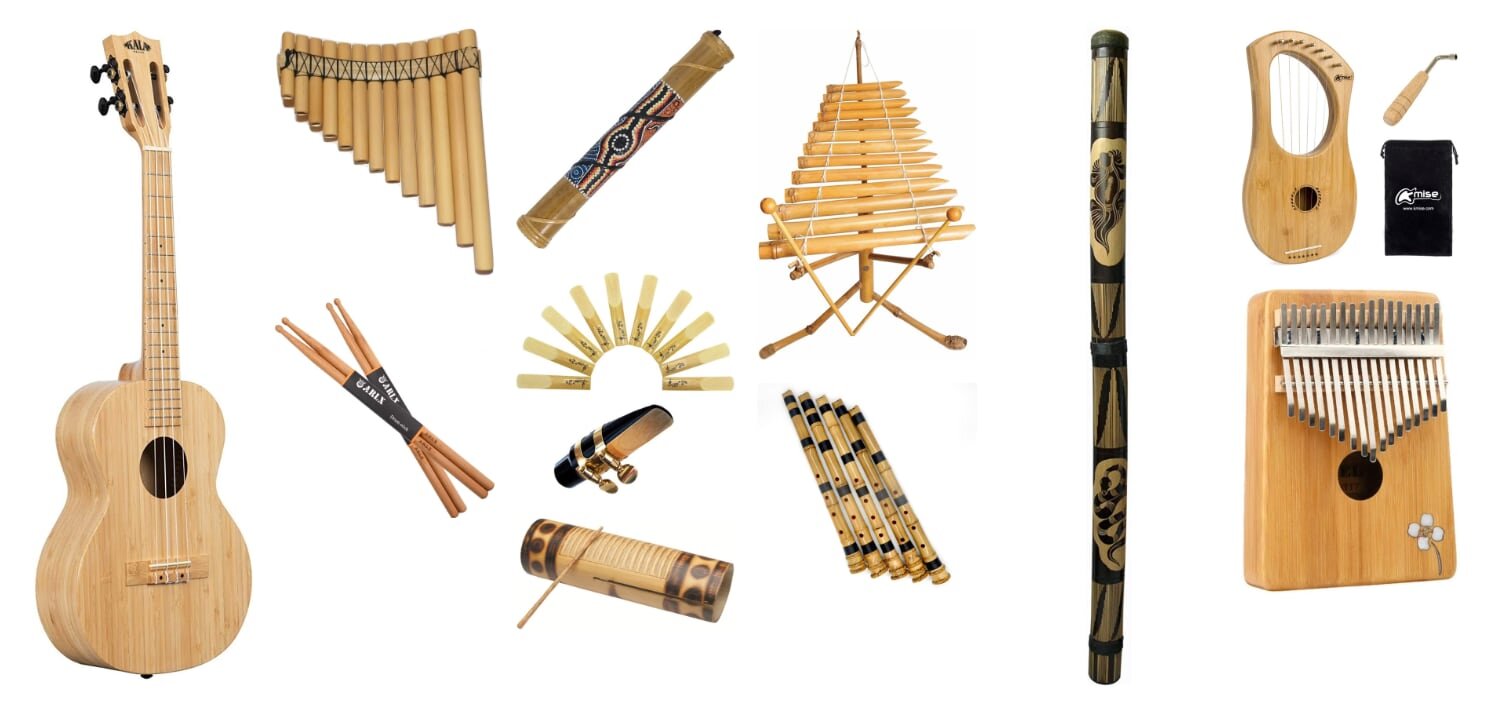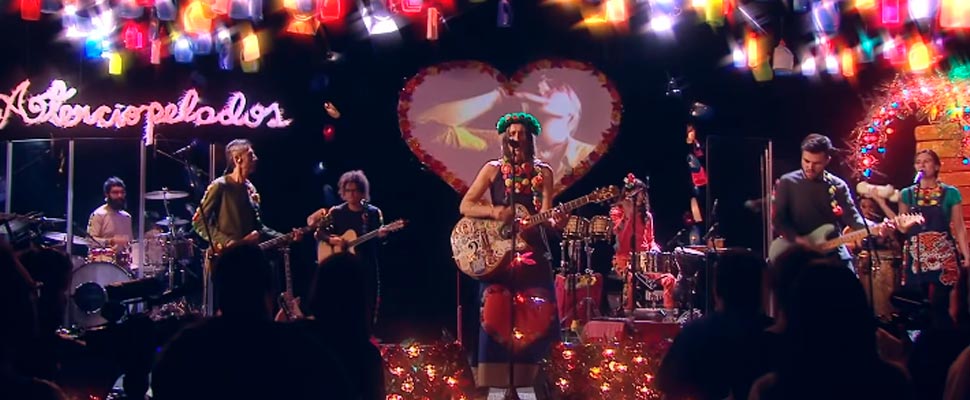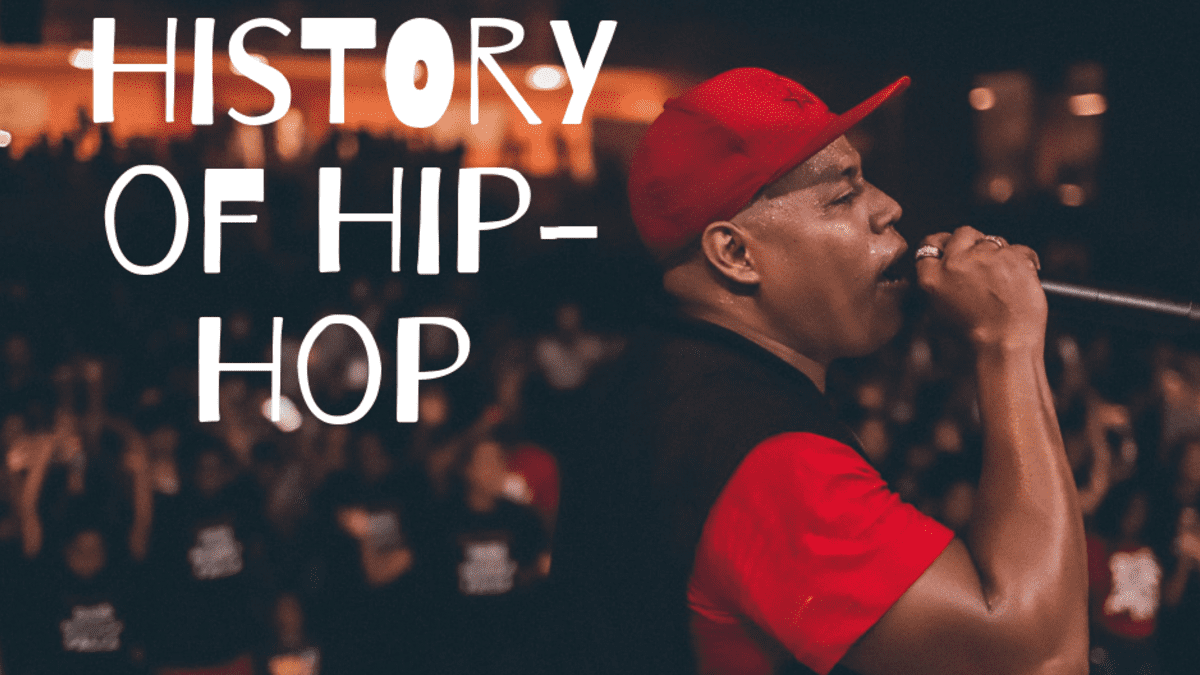As the sun dipped below the horizon, the streets of Harlem came alive with a rhythm that defied convention. It was the late 1960s, and funk music was about to burst forth, unapologetically, from the soul of African-American communities. This was no ordinary genre—it was a pulse, a heartbeat, a raw expression of life’s highs and lows. So, let’s dive into the funky groove and explore the history of this electrifying musical movement.
Quick Navigation:
What Is Funk?
Funk is more than just a genre; it’s a state of mind. Imagine a bass line so thick you could cut it with a butter knife, drums that hit you like a freight train, and horns that wail like a preacher on a Sunday morning. That’s funk—the embodiment of rhythm, rebellion, and resilience.
The Birth of Funk
Funk emerged from a melting pot of influences: jazz, R&B, soul, and African grooves. Its roots stretch back to New Orleans in the mid-1900s, where musicians cooked up a spicy gumbo of sound. But it wasn’t until the 1960s that funk found its true voice.
James Brown: The Funk Pioneer
Picture a stage bathed in sweat, the air thick with anticipation. James Brown, the Godfather of Soul, steps forward. His band lays down the “funk beat”—a syncopated rhythm that hits you square in the chest. Forget the backbeat; this was all about the “one.” Brown’s lyrics became urgent social commentary, reflecting the harsh realities of life—the odors, the violence, the racial strife.
Sly and the Family Stone: Funk Revolutionaries
Sly Stone and his eclectic crew took funk to new heights. Their psychedelic blend of rock, soul, and funk was a kaleidoscope of sound. “Everyday People” and “Thank You (Falettinme Be Mice Elf Agin)” became anthems of unity and self-expression. Sly’s message was clear: funk was more than music; it was a movement.
The Ohio Players and Kool and the Gang: Funk’s Golden Era
The early 1970s saw funk explode into the mainstream. The Ohio Players’ “Love Rollercoaster” and Kool and the Gang’s “Jungle Boogie” had everyone grooving. Picture bell-bottoms, afros, and dance floors pulsating with energy. Funk was the soundtrack of liberation.
Parliament-Funkadelic: Cosmic Funk
Enter George Clinton and his mothership. Parliament-Funkadelic (P-Funk) took funk to the outer reaches of the galaxy. Their concerts were otherworldly spectacles, complete with spacesuits, aliens, and mind-bending jams. “Flash Light” and “Give Up the Funk (Tear the Roof off the Sucker)” became anthems of self-discovery.
Funk’s Legacy
Funk didn’t stop at the dance floor. It influenced jazz, R&B, and soul. Miles Davis and Herbie Hancock embraced the groove, infusing it with their genius. And funk gave birth to hip-hop—the ultimate fusion of rhythm and rhyme.
The Funk Table: A Groovy Snapshot
Let’s break it down with a funky table:
| Decade | Key Artists | Signature Hits |
|---|---|---|
| 1960s | James Brown, Sly Stone | “Papa’s Got a Brand New Bag,” “Everyday People” |
| 1970s | Ohio Players, Kool and the Gang, P-Funk | “Love Rollercoaster,” “Jungle Boogie,” “Flash Light” |
| 1980s | Prince, Rick James | “Kiss,” “Super Freak” |
Funk’s Beat Goes On
So next time you feel the urge to move, let the funk take over. Put on your dancing shoes, find your groove, and remember: funk isn’t just music; it’s a revolution waiting to happen. 🕺🎶
References: 1: Britannica 2: MasterClass 3: MN2S 4: Jazz History Tree 5: Wikipedia




